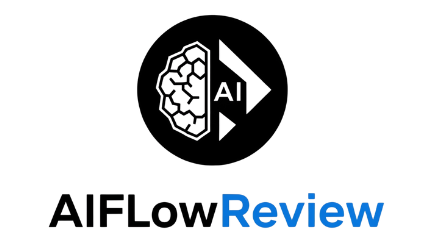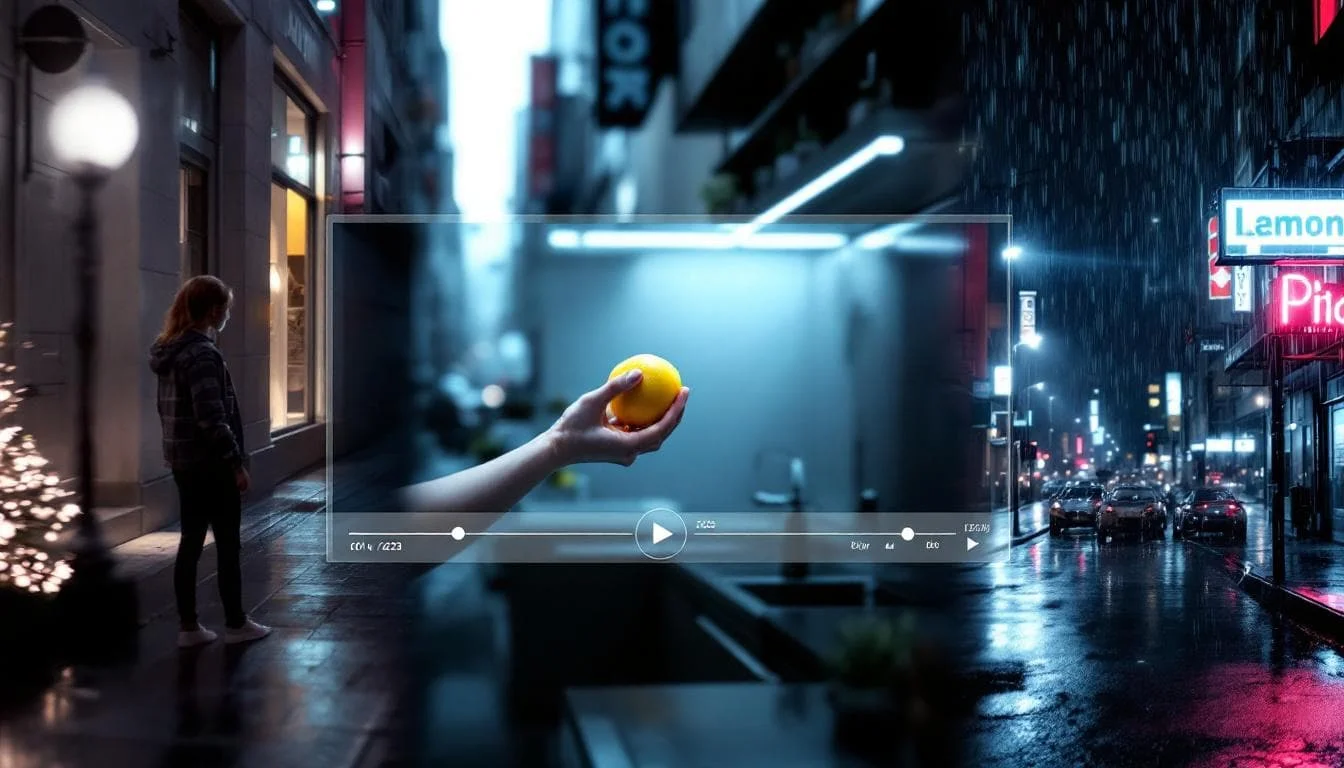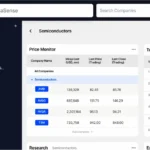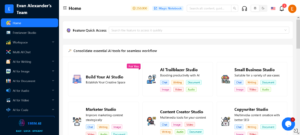Feeling like AI video upgrades arrive weekly? You’re not wrong. The latest wave of AI video generators brings three big headlines worth your attention: an open-source powerhouse for character swaps, a speedy turbo model that looks great at 1080p resolution, and a premium preview that hints at what’s next. Against the current benchmark standard of OpenAI Sora, this AI video models comparison highlights where each stands. If you create content, build tools, or just love testing new models, here’s a clear, hands-on rundown of what’s new, what works, and where each model shines.
You’ll see where open source fits, what pricing looks like right now, and how quality holds up across tricky shots like action scenes, complex lighting, and lip sync. I’ll also point to real examples so you can judge for yourself.
What Wanimate (WAN 2.2 Animate) Does Well
Wanimate is an open-source motion transfer model with a robust feature set. In plain English, it captures the movement from one video with excellent motion handling, then applies it to a new character with different clothing and styling while maintaining the original scene. The best part, it stays surprisingly consistent with lighting, shadows, and background details, which usually break first in lower-quality models.
- Open source: You can run it locally if you have a solid GPU and use community workflows.
- Realistic swaps: Movement carries over cleanly, and outfits adapt convincingly to the scene.
- Strong consistency: Characters stay on-model, even under changing light.
Want to see it in action? Check nearcyan’s side-by-side character swap, which shows how closely the output tracks motion and wardrobe while keeping the original scene intact. Community posts show similar results across different shots, including action clips and stylized scenes.
- See a practical side-by-side character replacement in nearcyan’s demo on X.
- Explore a ready-to-use ComfyUI workflow with model downloads and demos.
Quality and the small tells
No model is perfect, and Wanimate has a few quirks you should know about:
- Lip sync can feel a bit off in medium shots. Close-ups are harder.
- Plastic skin look can appear in some facial movements.
- Edge artifacts show up occasionally, like threads, laces, or stray props that don’t fully disappear.
- Fast motion holds up better than you’d expect, but small objects can drift or duplicate.
Even with these issues, the visual realism is often high enough for social content, rough previz, or creative tests. Several clips look strong enough that most casual viewers would not notice the swap unless they were told.
For more examples, check a montage of cinematic action swaps shared by the community in this thread on X, and a clean lighting test with preserved background detail in this post by ilkerigz.
If you’re new to how these generators work behind the scenes, this primer on the basics of AI video generators helps set the context for motion transfer, conditioning, and consistency: AI video generators overview.
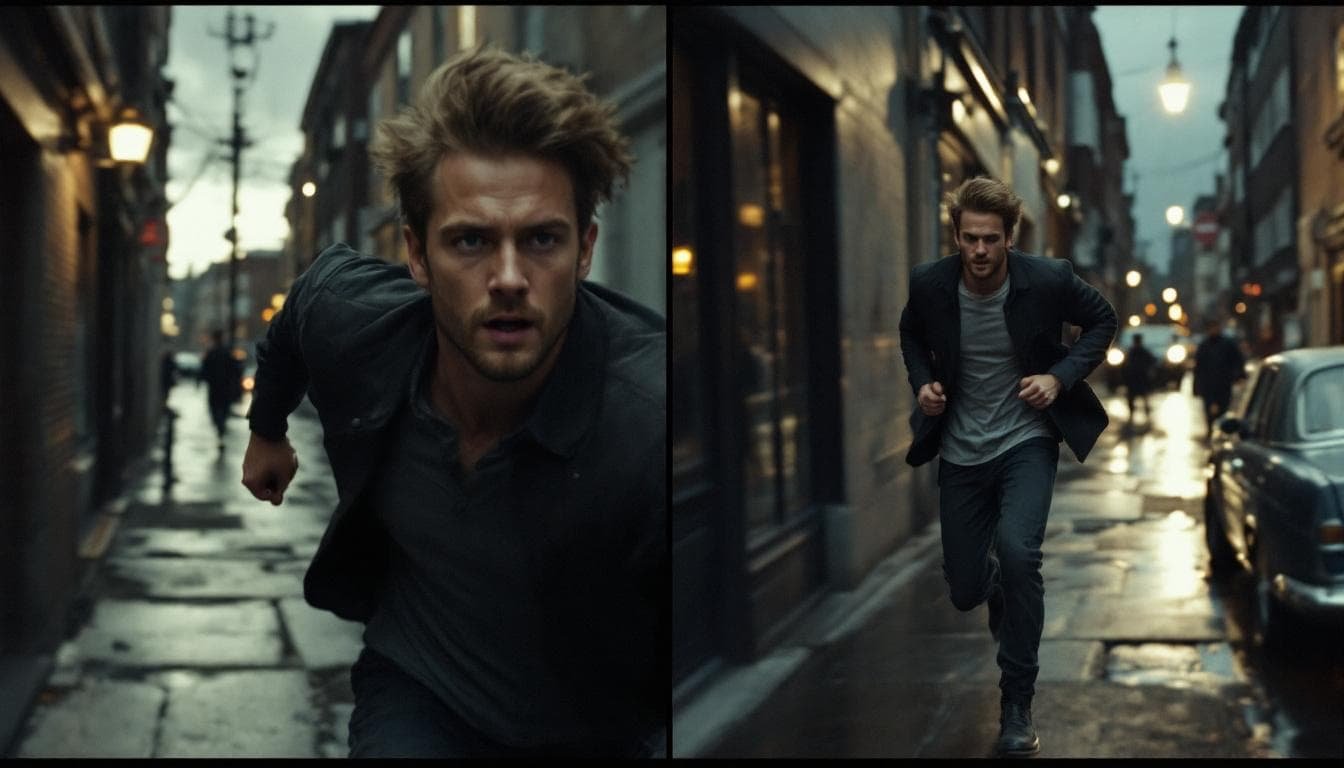
Kling 2.5 Turbo: Fast, High-Res, and Surprisingly Stable
Kling AI’s 2.5 Turbo, developed by Hailuo MiniMax, sits in the sweet spot for speed, quality, and price. It is not open source, but it is available through hosted tools and APIs. The model generates sharp clips at 1080p resolution with strong prompt adherence, and it handles physics and camera motion better than most quick-turn models.
- Speed and cost: Generation speed is fast, with pricing around the lower end for hosted models. On Fal AI, it is about 35 cents per generation at the time of testing in the video.
- Strong fidelity: Fine detail, crisp frames, and realistic lighting contribute to impressive video quality.
- Prompt control: It follows scene instructions well and supports both text-to-video and image-to-video.
Try image-to-video or text-to-video directly via Fal AI’s hosted endpoints:
- Image-to-video for Kling 2.5 Turbo is available on Fal AI’s model page.
- Text-to-video runs here on Fal AI’s Kling 2.5 Turbo text-to-video.
For a clean visual example, see a realistic kitchen clip shared by the community in this post by TomLikesRobots. Expect sharp detail that holds up frame to frame, even in everyday scenes.
Where Kling 2.5 Turbo stumbles
- Distance artifacts: As objects move into the background, cars or animals may get a bit mushy.
- Morphing in stunts: Backflips and fast limb motion can create minor mutating frames.
- Audio: The sound you hear in many demos is added by a separate model, not the video generator itself.
Even with those caveats, Kling 2.5 Turbo gives you fast iterations and lots of creative control. If you want to see what the community is making, the team is currently running a Kling 2.5 creation contest, which is a great place to browse prompts and outputs.
If you are comparing tools for production use, our curated roundup of the year’s top AI video tools, including options like Runway, can help you decide where Kling fits: Top AI video tools for 2025.
WAN 2.5 Preview: Higher Fidelity and Bold Claims, With Queue Times
WAN 2.5 Preview, a high-fidelity AI video generator, is shaping up to be a premium option positioned to rival benchmarks like Google Veo. It sits above the turbo tier, so you should expect higher cost and longer waits. The model promises stronger motion understanding, improved camera controls, instruction-based edits, more accurate on-screen text, and up to 1080p output.
- Claims: improved audiovisual syncing, richer video dynamics, better visual reasoning.
- Access: widely available through partner platforms, but queues can be heavy during peak interest, especially for longer video durations.
- Pricing example: Cost per clip around 50 cents for a 720p video in some hosted tools at the moment of testing.
You can explore WAN 2.5 Preview on partner endpoints:
- Image-to-video is available through Fal AI’s WAN 2.5 Preview.
- Text-to-video runs here on Fal AI’s WAN 2.5 Preview text-to-video.
There is an official generation page too, though availability can be limited, as queues spike quickly during new releases. For reference, here is the model’s portal: WAN 2.5 Preview generation page.
A consistent strength of the WAN series is community access over time. Earlier WAN releases have been open-sourced, which helps researchers and indie creators build on the tech. While 2.5 is still in preview, the expectation is that community access improves after the preview period.

Quick Comparison: Access, Cost, and Use Cases
Here’s a quick AI video models comparison on access, cost, and use cases to help you evaluate options efficiently.
ModelAccessPricingResolutionBest ForWatch OutsWanimate, WAN 2.2 AnimateOpen source, local and community workflowsListed by some hosts at about 15 cents per video second for 720pVaries by workflowCharacter swaps, motion transfer, cosplay tests, previz, start and end frame consistency controlLip sync in medium shots, minor artifacts on edges or propsKling 2.5 TurboHosted platforms and APIAround 35 cents per generation on Fal AI1080pFast iterations with short generation time, prompt control, strong detail at speedDistance mush, slight morphing in acrobatics, audio added by a separate modelWAN 2.5 PreviewHosted partners during previewAbout 50 cents for 720p in some toolsUp to 1080pHigh-fidelity shots, complex motion and camera movesQueue times, higher cost, preview access may be limited
Pricing shifts frequently, and hosts can change tiers or credits, so consider these as directional numbers rather than fixed quotes.
Choosing the Right Model for Your Workflow
Use cases vary, so here is a practical way to pick:
- You want local control and repeatable swaps: Go with Wanimate. It is open source, offering seamless workflow integration with ComfyUI where existing setups are readily available. You get strong scene preservation and convincing wardrobe changes.
- You need quick, good-looking results: Use Kling 2.5 Turbo. Compared to competitors like Pika Labs and Luma Dream Machine, it stands out with its ease of use, stability, prompt-friendly design, and a user-friendly interface that produces crisp 1080p results fast. Ideal for creators iterating on storyboards, ads, or short social scenes.
- You need premium visual dynamics: Try WAN 2.5 Preview if you can get a slot. It is built for tougher shots that need better motion reasoning, finer camera control, and premium cinematic visual dynamics.
If you are new to the topic, a quick background on related concepts like motion capture and deepfakes can help you understand why motion transfer and identity preservation are hard problems.

Real-World Notes From the Demos
A few consistent patterns show up across the clips:
- Lighting and shadows matter: Wanimate adapts character lighting to the scene better than many expected, which boosts visual realism fast.
- Background protection is strong: Many swaps keep walls, props, and set pieces stable, so the edit feels native.
- Motion handling looks believable until the edge cases: Big splashes, backflips, and wild stunts mostly work, then occasionally glitch at the frame extremes. You may see brief morphing or extra limbs during flips.
- Text and lip sync remain tough: WAN 2.5 claims improvements here. In the clips shared so far, lip sync improves with closer framing and brighter light, while low-light or facial hair can throw it off.
Curious what these look like? You can browse community clips of high-dynamic scenes, like cinematic shots in action swaps or stylized sequences. A few highlights:
- A realistic kitchen scene showcasing excellent video quality through texture and detail in this Kling 2.5 Turbo example.
- A collection of character swaps in cinematic scenes from Mr. Abu Joe’s thread.
- Motion-consistent lighting tests preserved across outfits in ilkerigz’s post.
- Side-by-side motion transfer showing background stability in nearcyan’s demo.
Tips to Get Better Results Today
Small choices improve output more than you might expect:
- Frame your subject clearly: Medium shots work, but close-ups expose lip sync and skin texture. Start wider if you see face artifacts.
- Avoid cluttered edges: Props at the boundaries can smear or float between frames. Keep your subject centered when possible.
- Feed clean audio later: Since many text-to-video demos layer sound from a separate model, plan audio passes after you lock your visuals.
- Build a repeatable pipeline: Save your prompts, negative prompts, and settings. Document the steps that worked, especially when testing multiple models.
If you are evaluating tools for your stack and factors like cost per clip, our side-by-side roundup of the leading platforms for AI-driven videos is a helpful companion read: Best AI video and animation tools in 2025. For a foundation in how these systems turn text and images into moving scenes, bookmark this introductory guide: What makes an AI video generator work.
Where Things Are Headed
The pattern is clear. Open-source tools like Wanimate give creators control and repeatability for character swaps, while hosted models like Kling AI’s 2.5 Turbo deliver impressive generation speed and polished results that are ready for social and marketing work. WAN 2.5 Preview hints at a next tier of motion understanding and audiovisual sync, building on benchmarks set by OpenAI Sora, though access and pricing will limit how widely people use it for now.
The best move is to match the model to the job. If you need local workflows and fine control, grab Wanimate and a ComfyUI setup. If speed and high-quality 1080p matter, Kling 2.5 Turbo is a strong default. And when you need something special, like complex camera moves or better sync, keep an eye on WAN 2.5 Preview as access improves.
What are you building next, and which model will you reach for first? Share your prompt wins, your toughest scenes, and the tricks that helped you smooth out artifacts.
